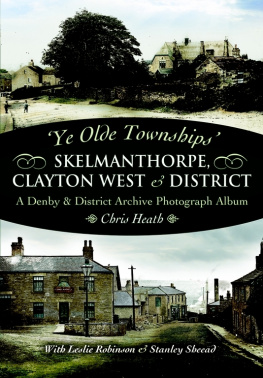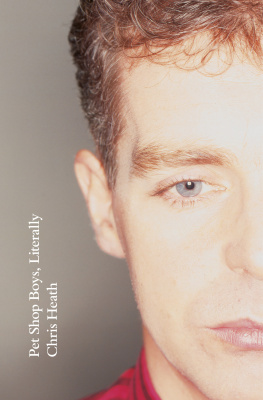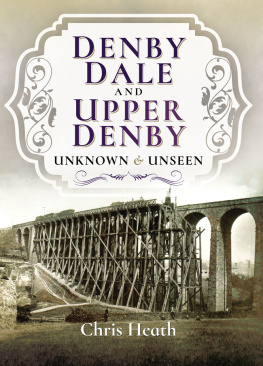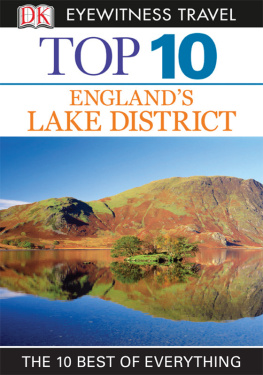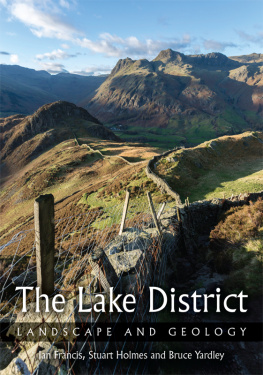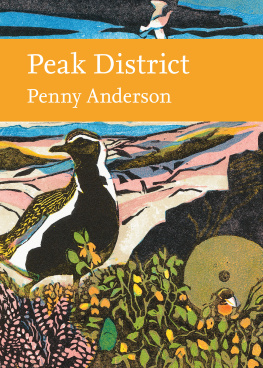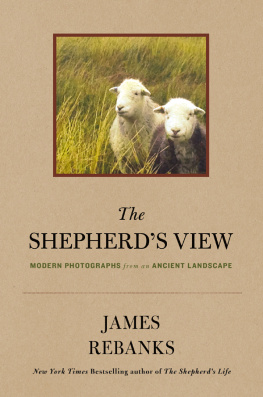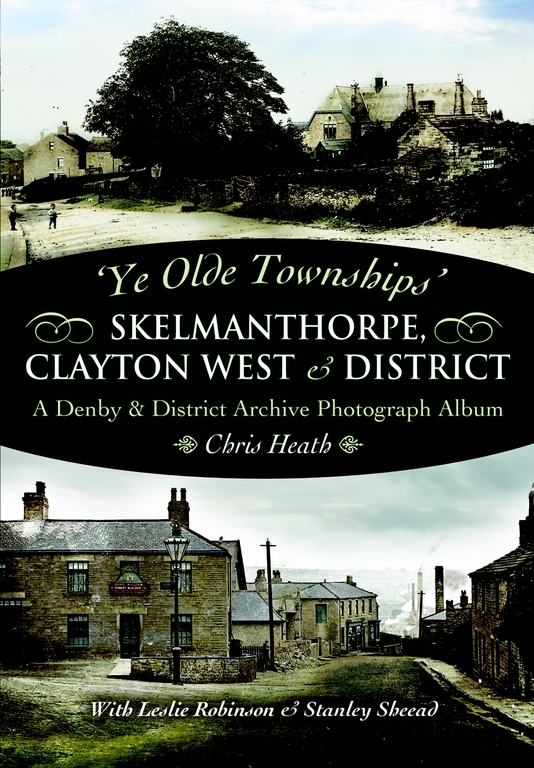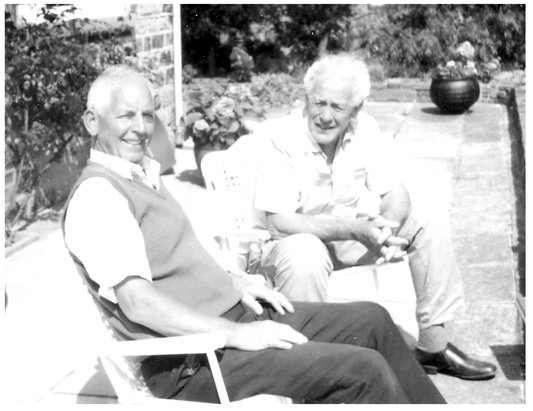Lease for 21 years between Godfrey Foljambe of Crofden, Staffs., Esq., of the one part, and Edmund Oxley of Skelmanthorpe, husbandman, of the other part; of a messuage in Skelmanthorpe.
1815 Central Methodist Church
The land for the latter was bought on 24 July 1815 from John Moorhouse and sold to Joseph and John Field, being twenty yards frontage to the highway and forty yards back, altogether 800 superficial square yards at 1s per yard, amounting to 40. The deed was made for the land on 28 July 1815. The signatures are John Moorhouse for the first part and the second part by Timothy Bentley, common brewer, Lockwood; John Buttery, Stump Cross, Batley; Jos. and John Field, Skelmanthorpe. John Hartley gave and carted the stone from his own quarry for the front of the chapel, the remainder being taken from the towns quarry, which was then situated just above the Garrett. Built in 1815/16 at a cost of 1121, there were seats in the gallery for 220 and in the bottom 72. The President of the Conference, the Rev. Richard Reece, conducted the opening service. The chapel was heated by a round iron stove and services were held by candlelight. The singing was led by an orchestral band, though an organ was introduced around 1860. The Sunday school was established in 1840 and classes were held in the old chapel until 1874. In 1875, the ground on which the Sunday school was built was purchased and the new school erected. Mr Richard Field contributed one fourth of the total cost of 800. Scholars attended on Sunday mornings, from 9 until 12am, afternoons, 1:30 to 4pm and discipline was strict. By 1896 serious structural problems had been noticed and the decision was taken by the Trustees to demolish the building and re-build on the same site. An estimated sum of 1800 was required and found by Mr Samuel Field and other trustees and members. On 22 May, 1897 the Central Methodist Church was formally opened, the service being conducted by Rev. Albert Clayton, with the Skelmanthorpe Flag of Freedom blowing in the breeze.
The following is an example of some of the lectures held in the building over the years:
1826 John Turton, of Skelmanthorpe, took his wife, Mary, to Emley in a halter and publicly sold her at the Cross for two half crowns. The purchaser was a William Kaye, of Scissett.
From Pobjoys history of Emley:
It was during Feast week in 1826 that John Turton sold his wife Mary at Emley cross for 2 half crowns to William Kaye of Scissett. What Marys reaction was to this summary disposal of her person we are not told, nor whether anyone protested on her behalf. At any rate, it is nice to know that after Kayes death she returned to her lawful husband and lived in apparent happiness with him for the next thirty years.
1837 James Raynor Stephens, a Chartist leader, addressed a meeting in the Towns Quarry Edge, of Skelmanthorpe Moor.
Kenworthy of Shelly, was killed on Clayton West Feast Monday while fighting with Dick Booth in the backyard of the Grove Inn, Skelmanthorpe. Booth was sentenced to six months imprisonment.
1852 26 April The Death of Sarah Senior
Sarah, born in 1798, was the widow of Henry Senior. She lived with her four sons and daughter, Elizabeth. A man named Joseph Morley, a weaver, had been paying court to her for some time. He arrived at the Seniors home in Skelmanthorpe at one oclock in the morning on Monday 26th April, and was let in by Sarah who was accompanied by her son, William, who was about the same age as Morley. Joseph and William argued, after which Sarah got dressed and left with Morley, the last time she was seen alive. Her body was discovered at the end of a haystack by Joseph Fisher, a farmer of Pilling Lane. Her bonnet was removed and her clothes disordered and she appeared to have been badly beaten. Her body was taken to the Globe Inn, in the village, owned by Sarah Gawthorpe. Mr Field, the court-leet constable and Samuel Scatchard, the constable, took Morley into custody at his house. The post-mortem was conducted by Mr Dowse, surgeon of Skelmanthorpe, and Mr Taylor of Dewsbury. Thomas Turton, surgeon of Denby, was in attendance at the bequest of friends of Joseph Morley. Sarah was found to have received a terrible beating and had died because of it. Morley defended himself by saying that he and Sarah, after leaving the house had gone to William Wainwrights cart shed for an hour and then on to the haystack in Pilling Lane. He later told Sarah to go home, but she refused, afraid of the anger of her son, and said she would walk to a relatives house in Holme. He claimed she was hail and hearty when he left her. Morley began to cry when a verdict of manslaughter was quickly reached. At the June Assizes in York, the evidence was heard again and it was pointed out that no evidence of a struggle had been found, though there was evidence of sexual intercourse, and that it was clear with what object Sarah had left the house to accompany Morley. It was claimed that sexual excitement in a fifty four year old woman, who had given birth to seven children and who was not in the best of health could have been responsible for her death, but this did not explain the savage beating. The jury found Morley not guilty and Sarah was buried at Cumberworth. If Morley, who was obviously at odds with Sarahs children about their relationship, was truly not guilty, then could Sarahs son, William, have followed the pair and after Morley had left, argued with his mother? A further witness, James Walter, a labourer, testified at York that he had heard cries coming from the haystack at 3:30 am, although it was not explained what he was doing there or why he was up at that hour. The truth, like Sarah, is long buried.

